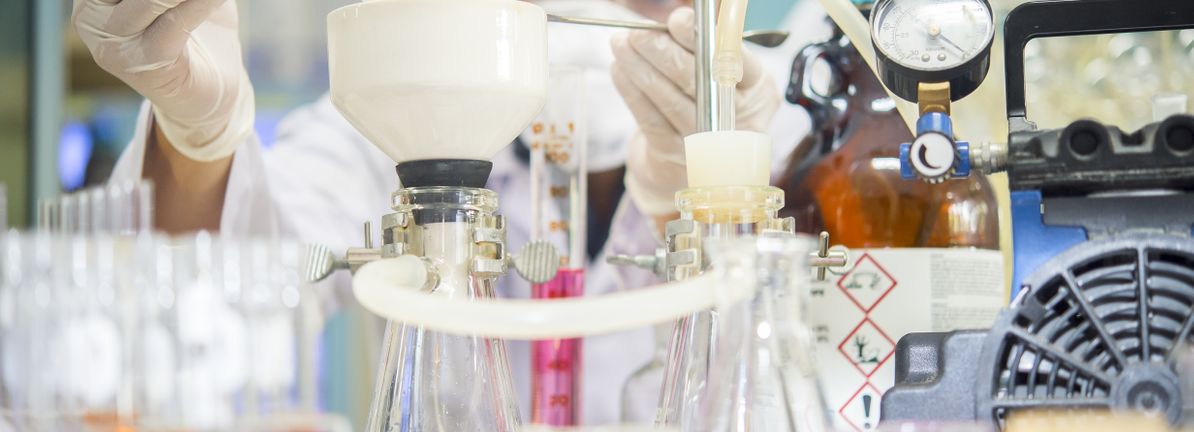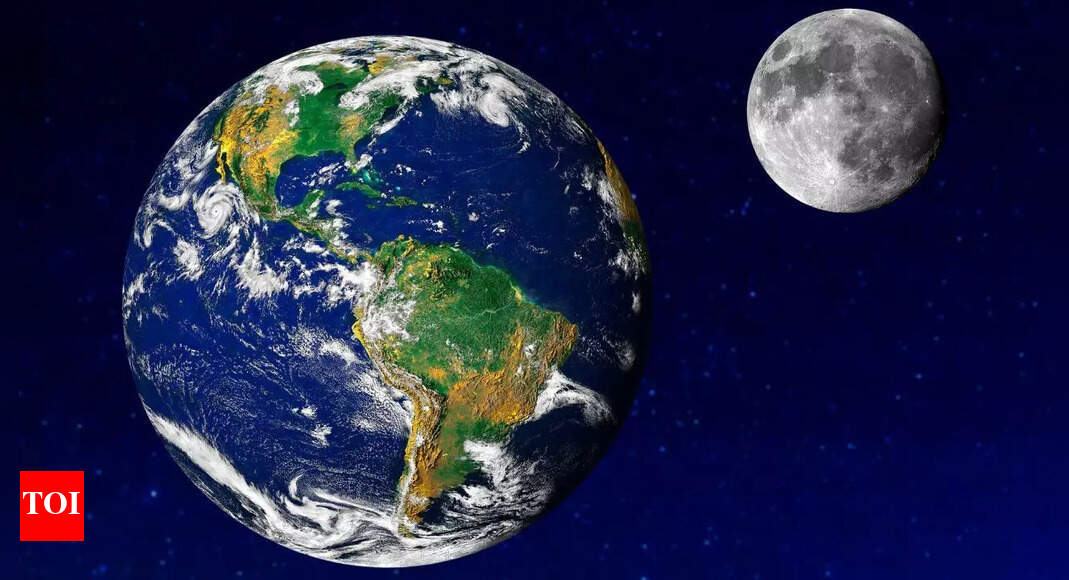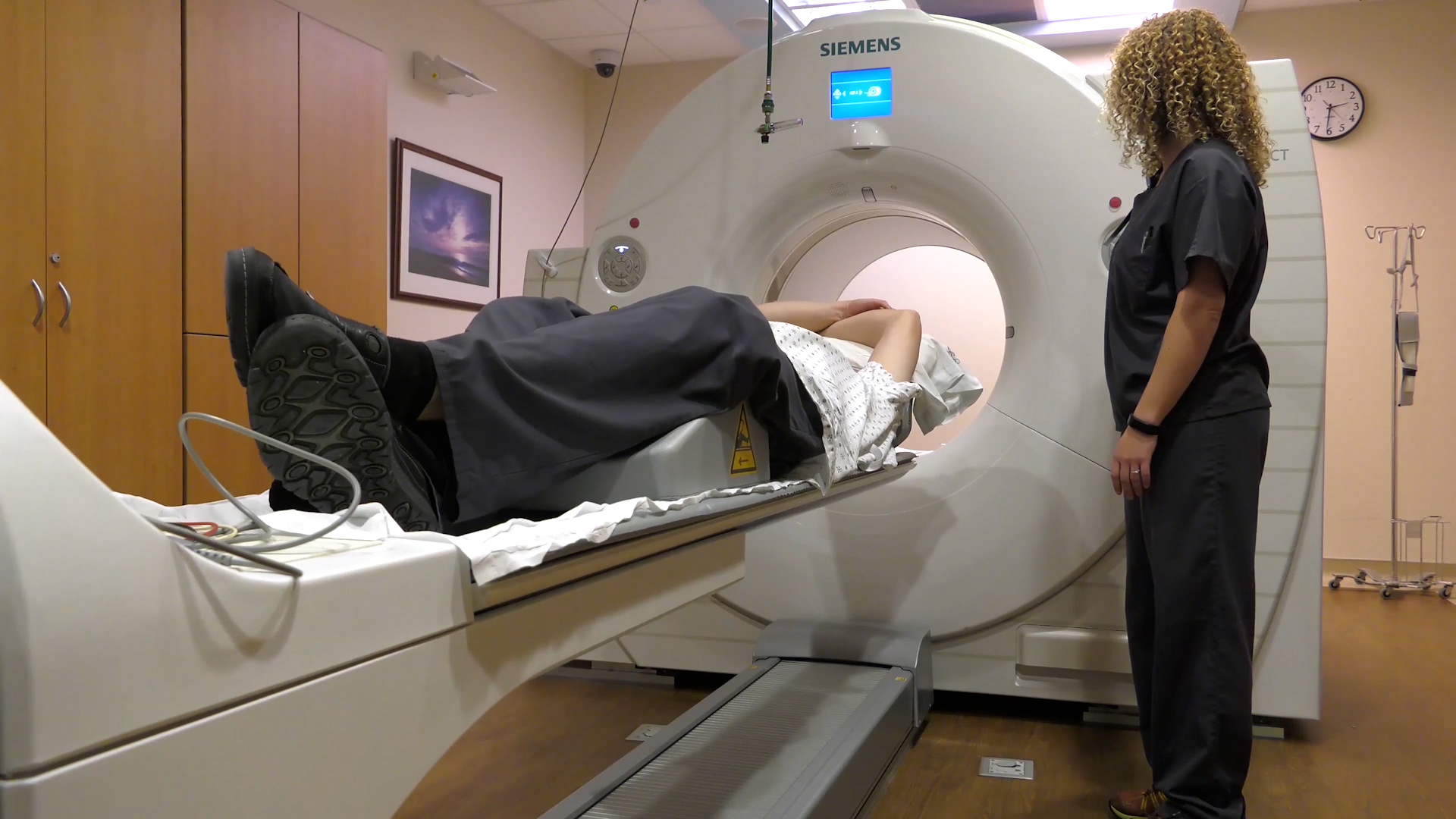A study in more than 40,000 patients has shown that those who had any detectable levels of calcium in the coronary artery were two to three times more likely to die within the next five years,…
Author: admin
-

WBCSD Launches Emissions Reduction Accelerator (ERA) and value chain pilots at COP30 to drive business action
- WBCSD launches the Emissions Reduction Accelerator (ERA), a new platform to mobilize business-led, value chain decarbonization at scale.
- ERA pilots will target high-impact interventions for green fertilizers and net zero built assets.
- The business case: ERA’s value chain approach to decarbonization can lower costs, boost resilience, unlock new markets, and strengthen stakeholder trust.
- A Sao Paolo roundtable convened senior executives to endorse ERA, commit to pilot engagement, and shape collective action.
- WBCSD calls on members and forward-looking businesses to engage and help close the emissions gap by 2030.
Sao Paolo, 8 November 2025: The World Business Council for Sustainable Development (WBCSD) has launched its Emissions Reduction Accelerator (ERA), an accelerator designed to mobilize collective business action and unlock value chain decarbonization at scale. ERA was formally introduced as part of the build up to COP30, with the announcement of two flagship value chain pilots focused on scaling emissions reduction in agriculture and the built environment.
A strong business case for value chain decarbonization
ERA is not just a climate imperative – it is a business opportunity. According to a report co-authored by WBCSD and EY, WBCSD members and their value chains account for as much as 15.05 Gt CO₂e (89% of which are Scope 3) – approximately a quarter of annual global greenhouse gas emissions. By focusing on value chain (Scope 3) emissions, companies can address their largest climate impact, while also unlocking tangible business benefits: lower operational costs, enhanced supply chain resilience, improved stakeholder trust, access to new markets, and a lower cost of capital.
Decarbonizing value chains is increasingly demanded by regulators, investors, and customers, and companies that lead will be best positioned for growth and competitiveness.
Two value chain pilots:
Lowering emissions from fertilizer production and use, and net-zero commercial real estate assets
ERA’s initial pilots will target two of the highest-impact value chains: agriculture and the built environment.
The first pilot will focus on lowering emissions from fertilizers, a major source of GHGs in the agri-food value chain. By mapping and engaging all relevant actors – from input providers to farmers to food brands – the pilot will test and scale solutions such as green fertilizers and improved use efficiency, with the potential for global spillover.
The second pilot will address the supply and demand for net zero asset buildings. With the built environment responsible for a significant share of global emissions, this pilot will bring together owners, occupiers, solution providers, and financiers to overcome barriers to retrofitting and decarbonizing real estate assets, including manufacturing facilities, logistics hubs, offices, and data centers.
Sao Paolo high level ERA Roundtable:
A launch moment for collective action
In the lead-up to COP30, WBCSD convened a roundtable in Sao Paolo, bringing together senior business executives from member companies, partners, and invited guests. The session showcased ERA as WBCSD’s platform to accelerate value-chain decarbonization and unlock business value. Key insights from the WBCSD–EY analysis and value-chain mapping by McKinsey were presented, demonstrating clear implementation pathways for the pilots.
Key outcomes:
- Broad endorsement: Participants expressed strong support for ERA’s collaborative approach, recognizing the need for collective action to address scope 3 emissions and unlock business value.
- Pilot engagement: Several companies and partners committed to engaging in the 2026 pilots, contributing expertise and resources to shape the design and implementation of interventions.
- Enabling Conditions: The discussion highlighted the critical role of data, standards, finance, policy, and technology – including AI – in enabling and accelerating emissions reduction across complex value chains.
- Next Steps: WBCSD invited all interested stakeholders to participate in the pilot design phase and contribute to shaping ERA.
A call to action
The next five years must be the years of decisive action to reduce greenhouse gas emissions and avoid the most catastrophic impacts of climate change. This is why accelerating emissions reduction has become a priority focus for WBCSD. We are entering a transformative era shaped by the rapid development of artificial intelligence. These two forces – decarbonization and digitalization – are converging. Acted on consciously and collectively, they can reshape competitiveness, innovation, and impact. Done well, decarbonizing business value chains lowers costs, enhances resilience, mitigates risks, and unlocks new opportunities for growth and investment for all. Climate leadership today must go beyond commitments – no company can reach net zero alone. Collective mobilization across value chains is essential.
– Peter Bakker, President and CEO, WBCSD
ERA is a platform built by business, for business. By engaging with ERA, companies can not only accelerate their own decarbonization journeys but also strengthen their competitiveness, resilience, and long-term value. I invite all WBCSD members and forward-looking businesses everywhere: join us, help design and deliver the ERA pilots, and be part of the business-led transformation that will define the next decade. Together, we can turn ambition into action and deliver real impact for climate and for business.
– Dominic Waughray, Executive Vice President, WBCSD
WBCSD calls on all companies, partners, and stakeholders to join the Emissions Reduction Accelerator and help deliver the business-led solutions needed to close the emissions gap by 2030.
Continue Reading
-

US visa applicants with chronic illnesses face stricter guidelines
The United States has introduced new visa guidelines that may affect applicants suffering from chronic illnesses, including diabetes, cancer, heart disease, and obesity. According to reports from US media, the Trump administration has issued…
Continue Reading
-

Fear Is Coming Back to the Junk Bond Market: Credit Weekly
Junk bond investors are getting more skittish about risk.
An index of CCC rated bonds in the US has dropped nearly 0.8% over the month ended Thursday, underperforming the broader high-yield market as investors increasingly avoid the riskiest debt. Distressed US dollar loans jumped to $71.8 billion at the end of October — the highest since President Donald Trump outlined his tariff policy in April.
Continue Reading
-
How a ‘one and done’ gene-editing treatment could lower cholesterol – The Washington Post
- How a ‘one and done’ gene-editing treatment could lower cholesterol The Washington Post
- CRISPR Therapeutics (Nasdaq: CRSP) announces 73% ANGPTL3 drop in Phase 1 CTX310 trial Stock Titan
- CRISPR gene therapy slashes ‘bad’ cholesterol, triglycerides by half in small study MarketScreener
- Scientists have edited a gene that may reduce high cholesterol permanently CNN
- First-in-human trial of CRISPR gene-editing therapy safely lowered cholesterol, triglycerides www.heart.org
Continue Reading
-
Tien finds late surge to capture maiden ATP Tour title in Metz – ATP Tour
- Tien finds late surge to capture maiden ATP Tour title in Metz ATP Tour
- Cameron Norrie beats Lorenzo Sonego to reach Moselle Open final in Metz BBC
- ATP Metz Cameron Norrie vs Learner Tien 🧠 Form & Context 🇬🇧 Cameron Norrie (#27, lefty)…
Continue Reading
-

Rhea Seehorn and Vince Gilligan Discuss Sci-Fi Drama
After working as a lawyer trying to save Saul Goodman in Vince Gilligan and Peter Gould’s “Better Call Saul,” it’s now Rhea Seehorn’s turn to save the world in Apple TV’s “Pluribus.”
In the new sci-fi drama, Seehorn plays…
Continue Reading
-
Djokovic wins 101st title in Athens, ends Musetti's Turin bid – ATP Tour
- Djokovic wins 101st title in Athens, ends Musetti’s Turin bid ATP Tour
- Djokovic sweeps into Athens final showdown with Musetti The Express Tribune
- Vanda Pharmaceuticals Hellenic Championship Final Live 2025 Niagara-on-the-Lake Local
- ~^^ Tennis…
Continue Reading
-

NOF (TSE:4403) Is Up 6.7% After Announcing Share Buyback and Upgraded Earnings Forecasts – What’s Changed
-
On November 6, 2025, NOF Corporation announced a share repurchase program to buy back up to 2,000,000 shares (0.87% of shares outstanding) for ¥5,000 million and revised its earnings and dividend forecasts upward for the fiscal year ending March 31, 2026.
-
This move signals management’s confidence in its business outlook, further supported by the company’s commitment to boosting shareholder returns under its Mid-Term Management Plan.
-
We’ll examine how NOF’s focus on capital returns through its share buyback shapes its investment case going forward.
Trump’s oil boom is here – pipelines are primed to profit. Discover the 22 US stocks riding the wave.
Anyone considering NOF stock today needs to weigh management’s renewed focus on shareholder returns against persistent sector headwinds and valuation challenges. The recent upsized share buyback, paired with higher earnings and dividend forecasts, may help bolster confidence in NOF’s capital allocation discipline, giving short-term momentum to the investment case. However, with the stock’s price-to-earnings ratio already above its peer average, and forward profit growth forecasts only modest, this new buyback program isn’t likely to fundamentally shift the main catalysts or risks right away. Investors are still watching for visible improvements in profitability and margin recovery, especially as recent results showed a drop in operating profit. While the buyback signals confidence, it doesn’t by itself change the need for sustained earnings growth and a manageable payout commitment by management. On the other hand, rapid changes in the global chemicals market can still impact NOF’s outlook.
NOF’s shares are on the way up, but they could be overextended by 37%. Uncover the fair value now.
TSE:4403 Earnings & Revenue Growth as at Nov 2025 The Simply Wall St Community has just one fair value estimate for NOF, at ¥2,139.88, pointing to a consensus on potential overvaluation. With earnings growth remaining modest, see how this collective view lines up with the company’s latest buyback and upward guidance.
Explore another fair value estimate on NOF – why the stock might be worth 27% less than the current price!
Disagree with this assessment? Create your own narrative in under 3 minutes – extraordinary investment returns rarely come from following the herd.
-
A great starting point for your NOF research is our analysis highlighting 1 key reward that could impact your investment decision.
-
Our free NOF research report provides a comprehensive fundamental analysis summarized in a single visual – the Snowflake – making it easy to evaluate NOF’s overall financial health at a glance.
Continue Reading
-
-

Why is the Moon slowly moving away from Earth every year and what does it reveal about our planet’s future |
For billions of years, the Moon has been Earth’s steadfast companion, influencing tides, stabilising our planet’s tilt, and shaping the evolution of life. Yet precise laser measurements reveal an astonishing truth: the Moon is drifting away…
Continue Reading
